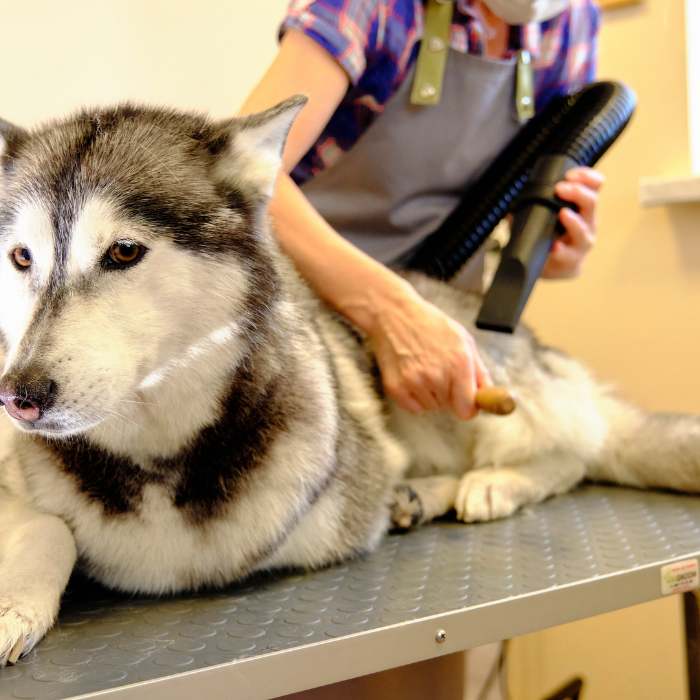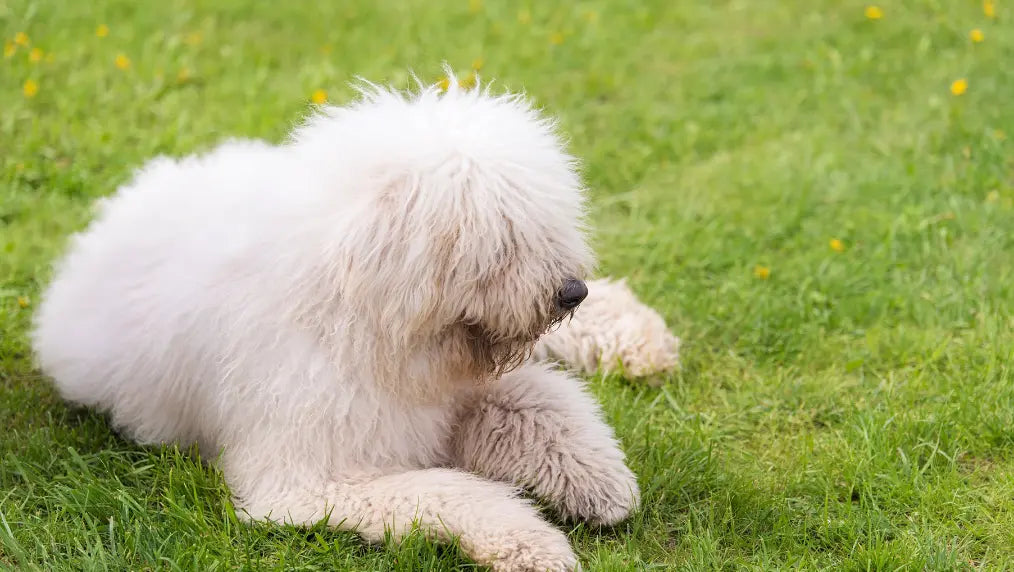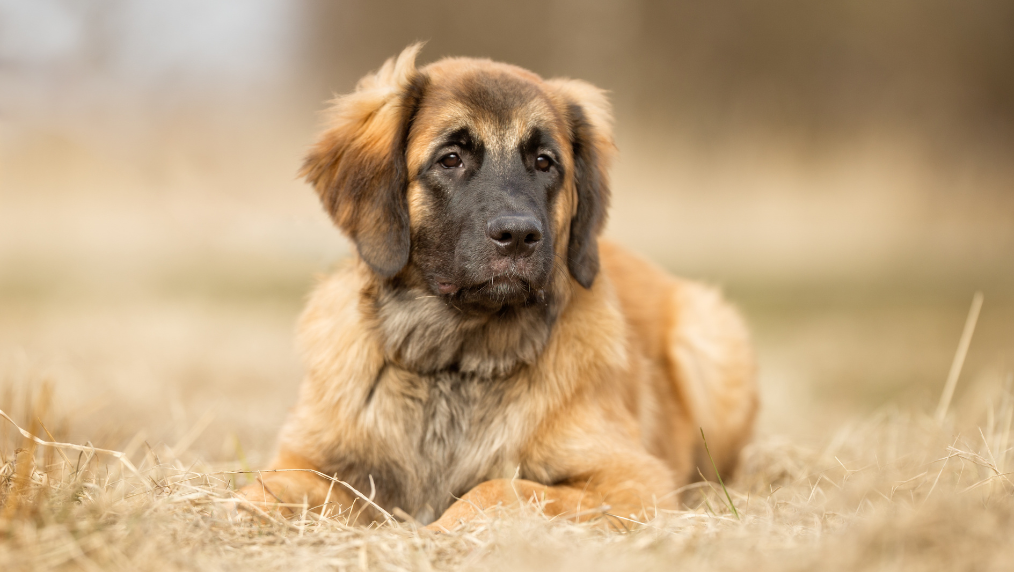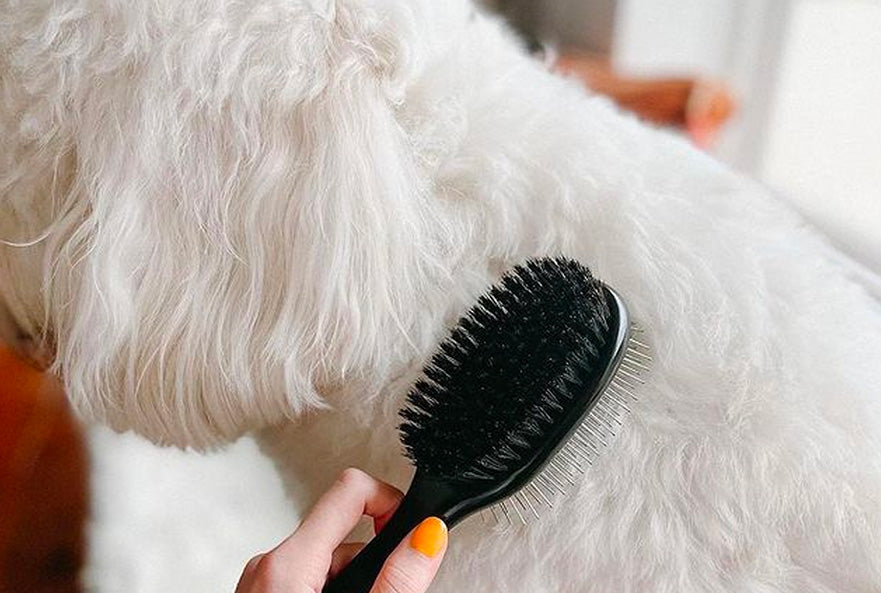
Dogs are just one of one of the most prominent pets worldwide. They are loved for their loyalty, affection, and companionship. Among the fascinating aspects of dogs is their coat. Some dogs have fur while others have hair. Yet what difference between dog's with fur hair what is the distinction between the two? In this post, we will certainly discover the distinction between a canine's fur and hair, the sorts of coats, and some pro tips for looking after a pet dog's coat.

Hair and Fur: What's the Difference?
Hair, as well as fur, are commonly utilized reciprocally when speaking about dogs, but they are not the same point. Hair is much longer, finer, and smoother than fur. It expands from the hair follicle and has a three phases longer growth cycle than fur. Hair also has a central medulla or core, which is missing in fur. Human hair is a fine example of hair, not fur, and dogs with hair-like coats consist of the Poodle and also Yorkshire Terrier.
Fur, on the other hand, is much shorter, thicker, and coarser than hair. It expands from hair follicles and also has a much shorter growth cycle than hair. Fur does not have a central medulla or core, and it is normally denser than hair. Fur gives insulation to dogs, as well as dogs with fur-like coats include the Siberian Husky as well as Alaskan Malamute.

List of Dog Breeds That Have Fur
- Siberian Husky
- Alaskan Malamute
- Samoyed
- Chow Chow
- Akita
- Newfoundland
- Bernese Mountain Dog
- Great Pyrenees
- Saint Bernard
- Pomeranian
- Keeshond
- Bichon Frise
- Shih Tzu
- Lhasa Apso
- Pekingese
List of Dogs That Have Hair
- Poodle
- Yorkshire Terrier
- Bichon Frise
- Shih Tzu
- Maltese
- Havanese
- Lhasa Apso
- Afghan Hound
- Chinese Crested
- Silky Terrier.
Client’s Dog Has a Curly Coat. What Does That Mean: Hair or Fur?
If a dog has a curly coat, it means that they have hair instead of fur. As mentioned in the article, hair is longer, finer, and smoother than fur and grows from the hair follicle. Dogs with hair-like coats include Poodles, Bichon Frises, and other breeds most dogs with curly coats. Curly coats require regular grooming to prevent matting and tangling.
Types of Coats
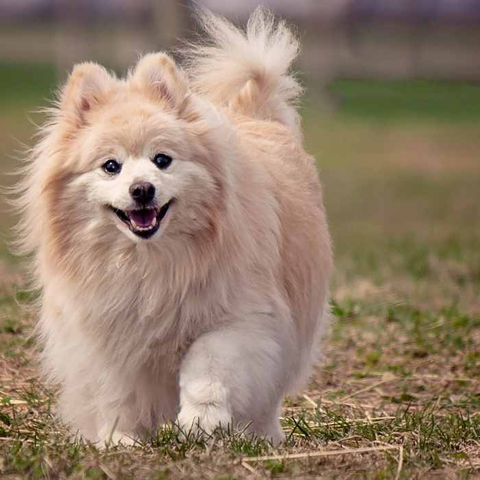
Dogs are available in different coat kinds, and comprehending the kind of hair tend coat canine has is essential to appropriately deal with their coat. Below are the 4 major types of dog coats:
1. Smooth Coat
Dogs with a smooth coat have short, sleek hair that lies flat against their body. These sorts of coats call for minimal grooming, and dogs with smooth coats include the Beagle and also Fighter.
2. Double Coat
Dogs with a double coat have a thick undercoat of fur, which offers insulation, and also a topcoat of which fur grows into longer hair. These kinds of fur coats often call for more grooming, particularly during shedding season. Dogs with double layers consist of the German Guard as well as Golden Retriever.
3. Wire Coat
Dogs with a cable coat fur tend to have a full coat length and thick, wiry outer coat with a soft undercoat. These sorts of coats call for regular cutting and also brushing to avoid matting. Dogs with wire coats include the Wire Fox Terrier and Schnauzer.
4. Curly Coat
Dogs with a curly coat have limited swirls that develop a wool-like texture. These types of coats call for normal brushing to stop matting as well as tangling. Dogs with curly coats consist of the Poodle and Bichon Frise.
Shedding: Understanding the Difference
Shedding is an all-natural process for dogs to do as shed does away with dead hair and also give way for new hair growth. However, shedding can be much more common in some breeds than others. Comprehending a pet dog's shedding patterns can assist you manage their coat better as well as prevent too much shedding.
Coat Health: Warning Signs to Watch For
A healthy coat is a sign of a healthy dog. However, there are several warning signs that you should watch for to determine if a dog's coat is healthy or not. These warning signs include dry, flaky skin, excessive shedding, and bald patches.
Breed-Specific Coat Care Tips
A healthy coat suggests a healthy and balanced pet. Nevertheless, there are numerous warning signs that you should look for to identify if a dog's coat is healthy or not. These warning signs consist of dry, flaky skin, too much hair shed too much shedding, as well as bald spots.
Professional Grooming: When to Consider It
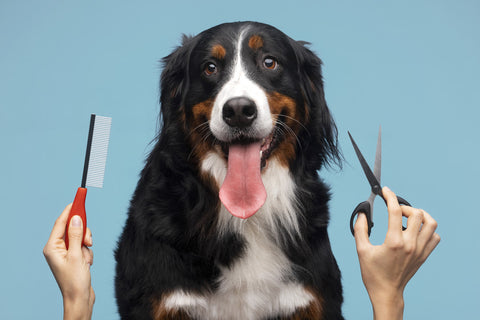
While regular at-home grooming is essential, there are times when you may need to consider professional grooming services. Professional groomers have the expertise and tools to properly groom a dog's coat, especially for breeds with more complex coat types.
Coat Color and Texture: Understanding the Genetics
Various breeds need various coat care routines. Understanding just how to look after a canine's detailed coat type can help ensure their coat remains healthy and balanced and shiny. Breed-specific coat care tips can include brushing strategies, cleaning regularity, and brushing tool recommendations.
Pro Tip: Taking Care of Dog's Coat
Proper pet grooming is important to keep a canine's coat healthy as well as shiny. Below are some pro tips for caring for pet's coat:
- Brush the dog's coat regularly. This assists remove loose hair, dirt, and debris, and avoids matting as well as tangling.
- Make use of the ideal grooming tools. Different coat kinds need different grooming tools, so make sure to utilize the suitable tools for the dog's coat.
- Bathe canine frequently. How typically you wash dogs relies on their coat type, yet normally, as soon as a month suffices. Use a dog-specific shampoo as well as conditioner to keep their coat tidy and healthy and balanced
- Feed the dog a balanced diet. A healthy diet with the appropriate nutrients is essential for healthy and balanced skin as well as coat. Talk to your vet to determine the most effective diet for a dog.
Conclusion
In summary, the distinction between a dog's fur and also hair is the length, texture, as well as growth cycle. Comprehending the sort of coat a canine has is very important to effectively look after their coat. Regular pet grooming, using the best grooming tools, bathing, and also feeding a pet dog a well balanced diet are vital for a healthy and balanced and glossy coat.
Discover the secret to maintaining your pup's luxurious coat! Elevate bath time with our premium range of dog shampoo, indulge in the softest dog towels, and brush with care using our gentle dog bath brushes. For pet care businesses, explore wholesale shampoo bottles for unbeatable quality and value only at Pride and Groom Pro. Pamper your furry friend with the best!
FAQ
Does a Pitbull Have Hair or Fur?
Pitbulls have fur. Like all dogs, Pitbulls have two types of hair: guard hairs and undercoat. The guard hairs are longer, coarser hairs that protect the dog's skin and give it a shiny appearance. The undercoat is a softer, denser layer of fur that provides insulation in cold weather and keeps the dog warm. The fur on a Pitbull can vary in length and texture depending on the individual dog and its genetic makeup.
Do Labs Have Hair or Fur?
Labs, short for Labrador Retrievers, have fur. Like all dogs, labs have two types of hair: guard hairs and undercoat. The guard hairs are longer, coarser hairs that protect the dog's skin and give it a shiny appearance.

